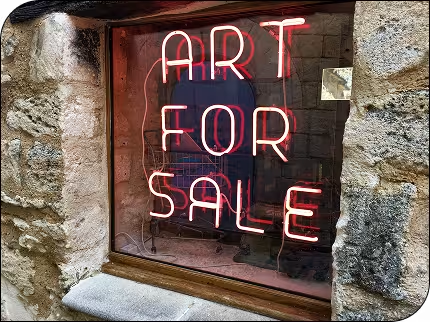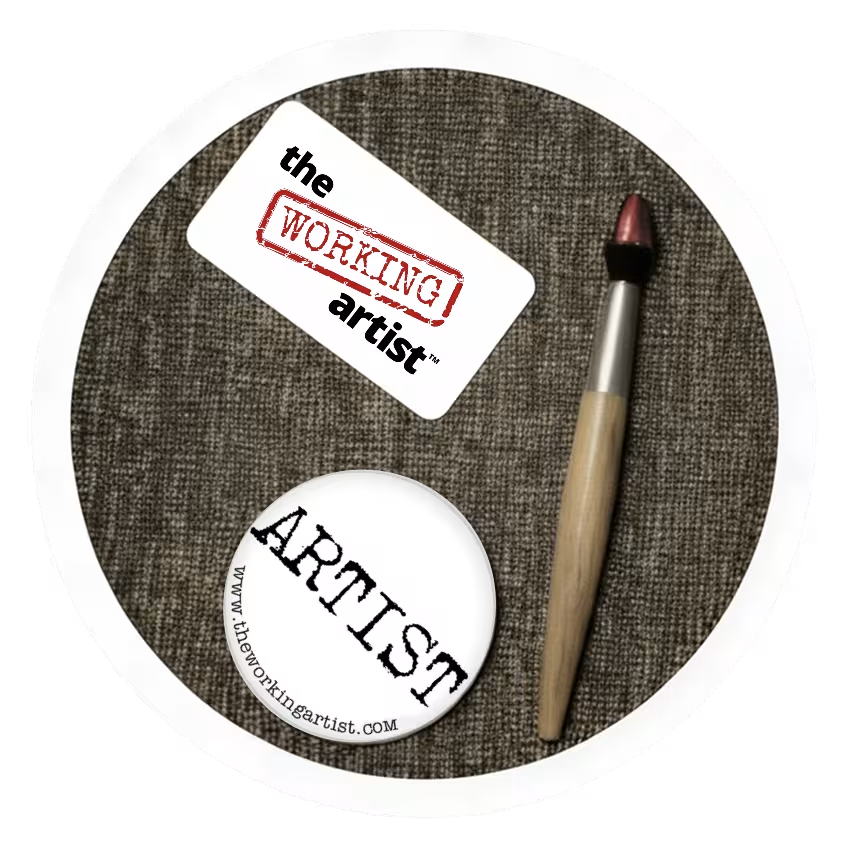Become the Artist You’re Meant to Be
Sell your work with confidence and authority






Trusted by thousands of artists in 80+ countries
The Working Artist has helped thousands of struggling artists through professional,
creative, and even spiritual transformations.

This isn't theory, magic, or mindset work - it's proven
guidance by an art-world insider.
You can become a confident professional who commands
the prices you deserve - and I'll show you exactly how.

I’m Crista
Here's what I've learned from working with artists worldwide and introducing thousands to the marketplace:
Talent alone isn't enough. The artists who thrive aren't necessarily the most talented. They're the artists who understand how the art market actually works.
I bring unique insider perspective:
- Former international dealer, curator, and gallerist
- Sold millions of dollars in artwork
- Placed work in nearly every major US institution
I have sold art to museums including:







Why this matters:
Most coaches share what worked for their own art. I share market intelligence from representing hundreds of artists — from household names to first-time sellers.
I understand both sides. The business insider knowledge of how art actually sells, and the deep creative understanding of what it takes to live and work as an artist.
You are meant to flourish, Artist, not just survive.
Let's make that your reality.
Two Ways to Work with Crista:

The Working Artist:
Your Complete Guide to Art
Career Success
You will transform from struggling artist to working professional. This step-by-step program gives you the market intelligence and business foundation most artists take years to figure out.

Private Coaching
with Crista
My guidance is tailored to your specific challenges, goals, and creative path. Work directly with me to navigate your unique obstacles and accelerate your success.

“Working one-on-one with Crista created a paradigm shift. I immediately started seeing my work and my career in a different light.”
Wayne Brungard, Colorado
waynebrungard.com

“Jump! Just do it. It could be the best thing you’ve ever done. It could speed up your career trajectory by ten years.”
Helen Fraser, Australia
helenfraser.net.au

“Initially, I was worried about the cost, but my business has a whole new life now. Collectors are paying the prices I want.”
Crystal Lockwood, California
crystallockwood.com

“Crista has a healing quality about her—a coach, mentor, and healer with the skillset to help you with your business.”
Kiki Jones
Hawaii
Personalized insight
Practical next steps
Encouragement to grow your art






